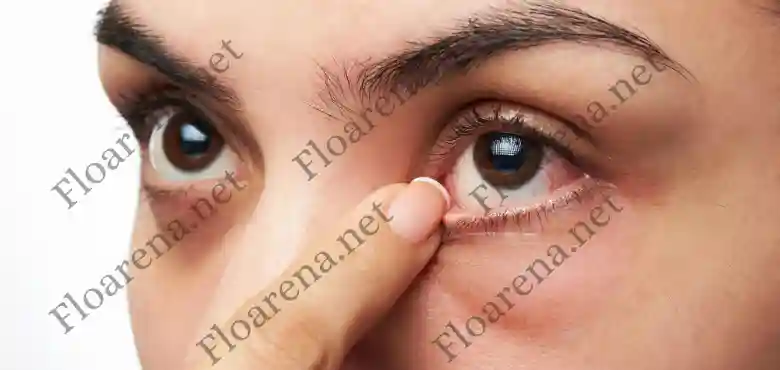Diabetes is a lifelong condition that primarily impacts blood sugar regulation. However, did you know that 54% of people with diabetes also suffer from dry eyes? These conditions may seem unrelated, but diabetes can affect many other areas of our health.
This article uncovers the connection between diabetes and dry eyes. Read on to discover more.
The Connection
Dry eyes may seem like nothing more than a minor inconvenience. All your eyes need is a little more lubrication, right? Having diabetes can change all that.
Diabetes makes it difficult for the body to maintain safe and healthy blood sugar levels. High blood sugar levels can cause nerve damage around the eyes, including the lacrimal gland and cornea. This can hinder your eyes’ ability to produce tears that serve as natural lubrication.
High blood glucose can also trigger inflammation. This affects the overall function of the lacrimal gland, leading to dry eye syndrome. Diabetes can also lead to other ocular health risks, like cataracts, macular edema, diabetic retinopathy, and glaucoma.
Symptoms of Dry Eyes
Your eyes produce tears continuously. Dry eye syndrome occurs when your eyes don’t have the tears needed to stay moisturized. This can lead to symptoms such as the following:
- Trouble reading
- Blurry vision
- Eye redness
- Frequent burning or stinging sensation
- Irritation to wind, smoke, or other environmental factors
- Pain or discomfort while wearing contact lenses
In some cases, your eyes may try to overproduce tears to compensate for chronic dryness. Of course, you don’t need to have diabetes to experience dry eyes. If you have diabetes, you may also experience the following symptoms:
- Extreme thirst
- Fatigue or lethargy
- Frequent urination
- Unexplained increase in appetite
- Unexplained changes in weight
- Slow-healing wounds
- Numbness, pain, or tingling in the extremities
Potential causes of dry eyes at night range from hormonal changes to poor hydration. If you experience dry eyes frequently and are unsure of the reason, contact your health provider. This will help you identify any underlying conditions and take the necessary steps to manage them.
Dry Eye Treatment and Prevention
Fortunately, there are no significant differences in treating dry eye syndrome for those with and without diabetes. This means you can use eye drops and antibiotics to treat your symptoms.
Your doctor may recommend eye drops with cyclosporine. This is an immune-suppressing medication that helps manage inflammation. They can also prescribe you oral antibiotics or antibiotic eye drops to reduce inflammation around the eyelids.
If you have diabetes, it’s essential to maintain safe blood sugar levels. This will help restore your eyes’ natural composition.
You can also make small changes in your lifestyle to ease your symptoms. This includes using a humidifier indoors and taking frequent breaks from screens. Using a warm compress on your eyes can also help soothe irritation.
If you live in a windy environment, consider investing in wraparound sunglasses. It’s also essential to drink at least eight glasses of water a day.
Unveiling the Connection between Diabetes and Dry Eyes
Now you understand the connection between diabetes and dry eyes. It’s essential to maintain healthy blood sugar levels to prevent such complications.
Do you struggle with diabetes or know someone who does? Check out our other blog posts for more health-related articles.






